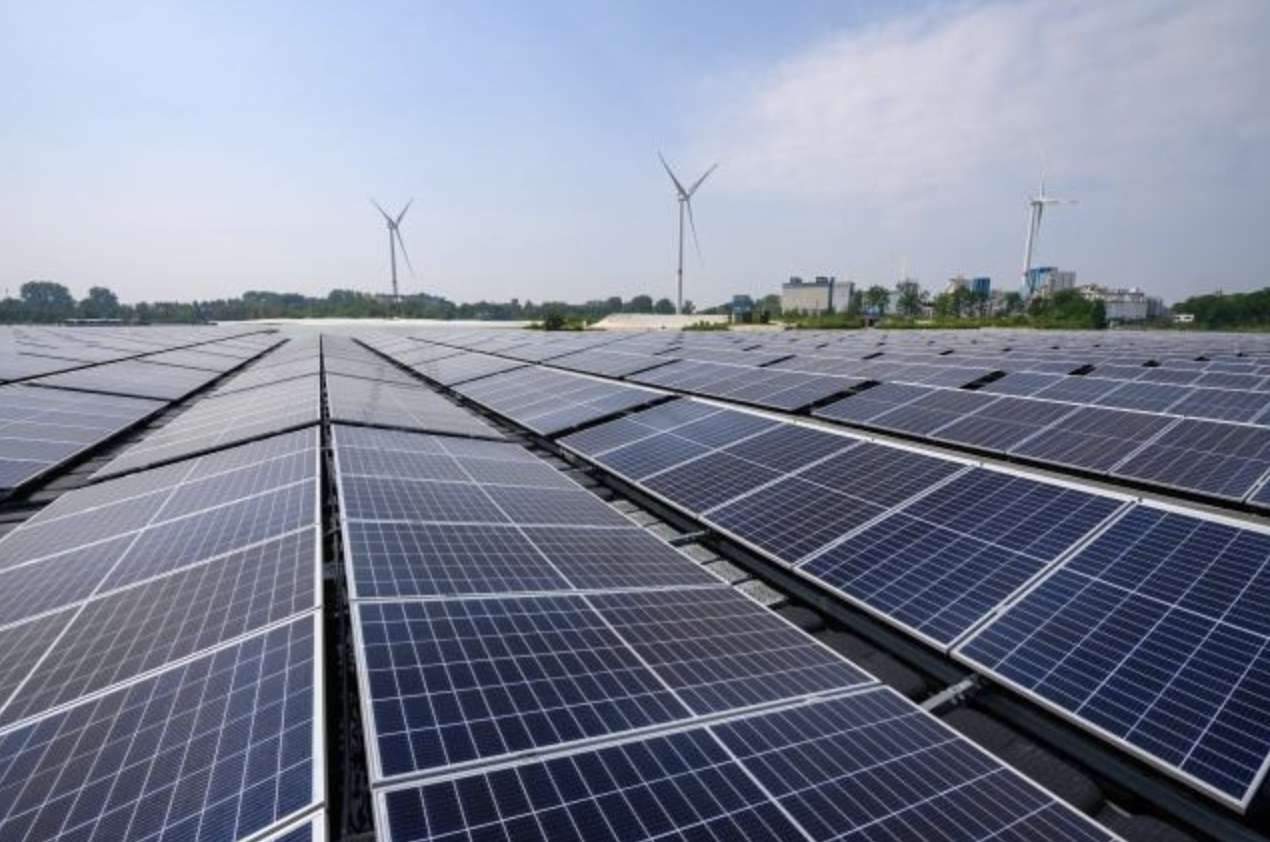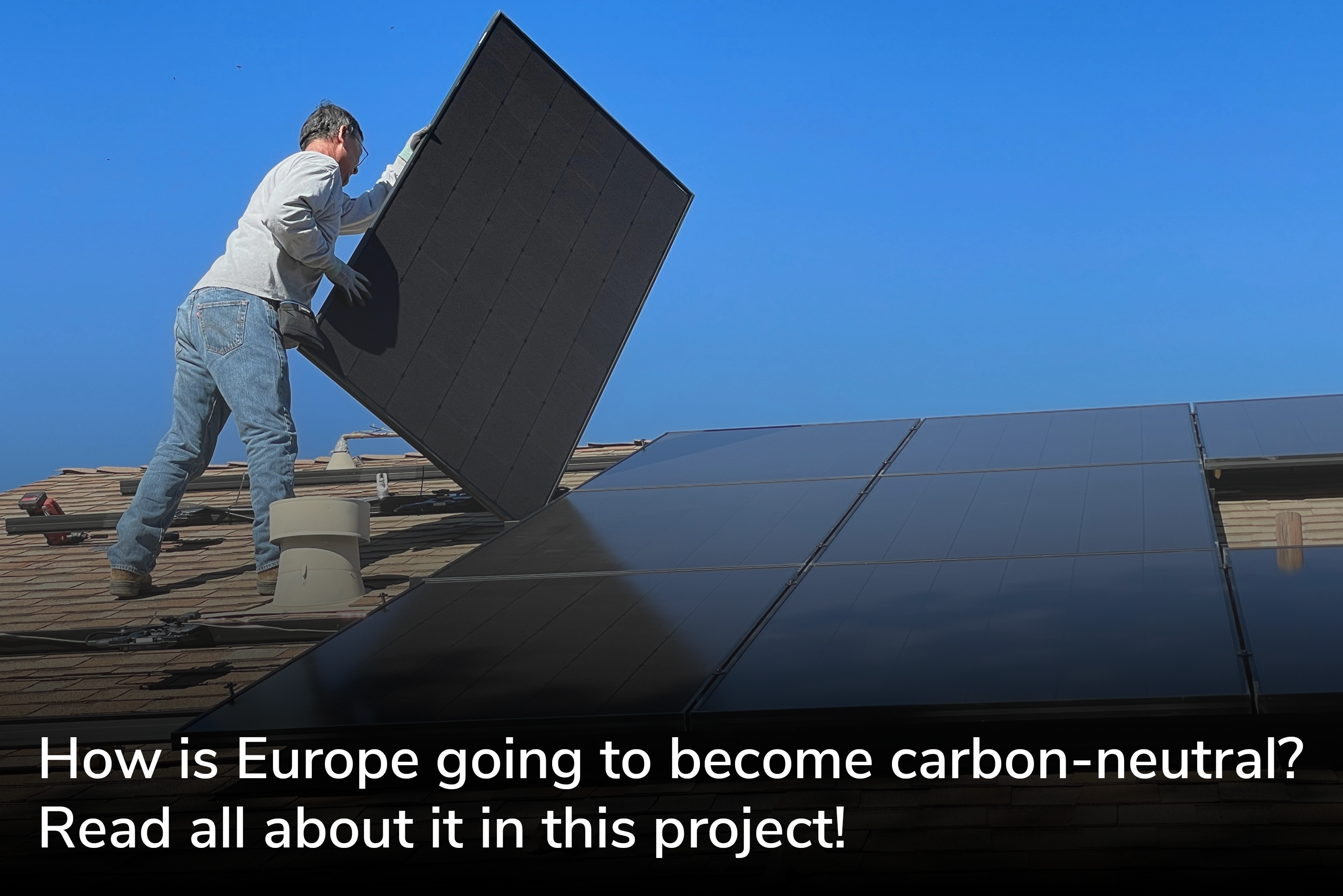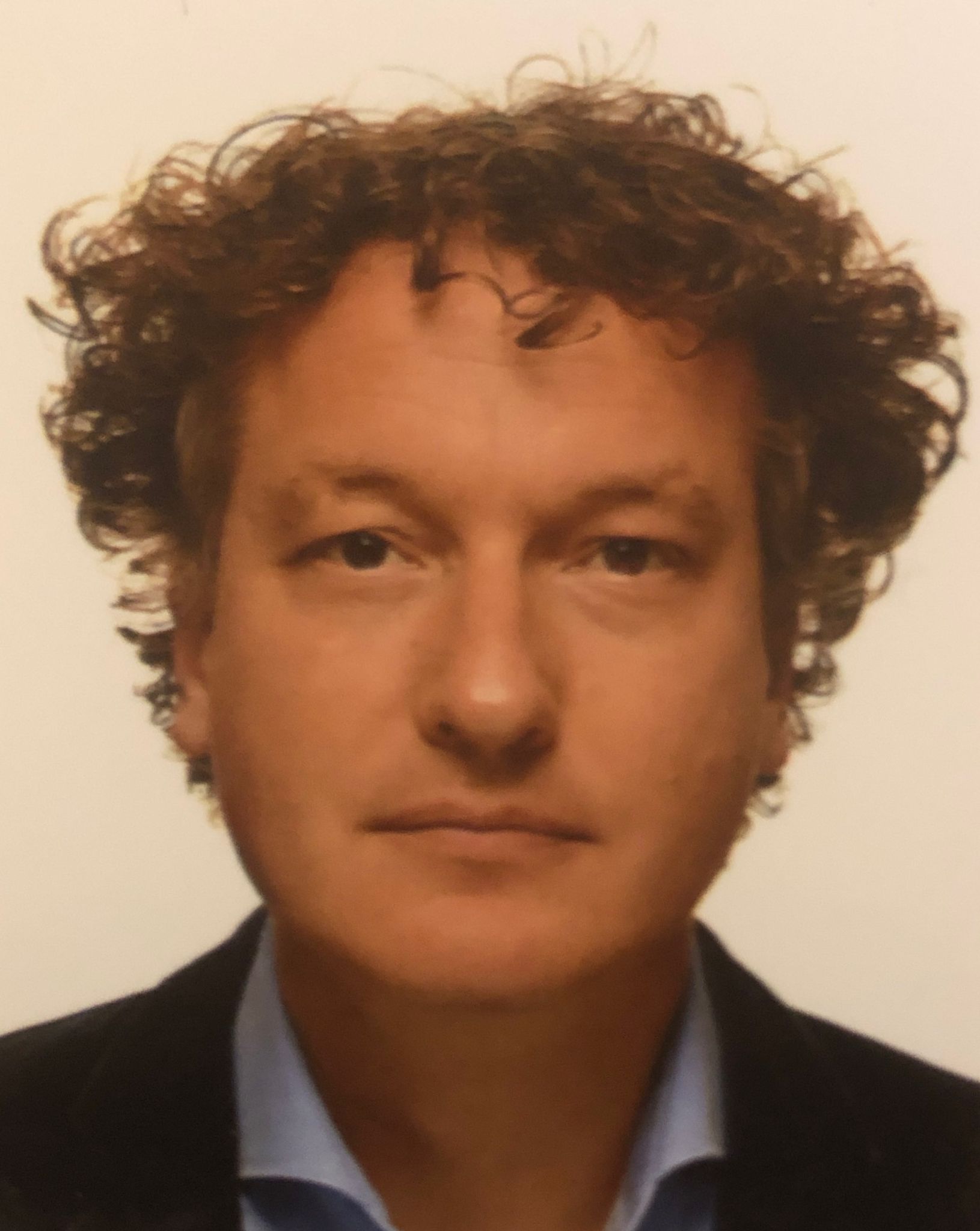
The European Commission is handing out 1.8 billion euros across the continent for large-scale investments aimed at making industry more sustainable. It was announced this week that the money from the second round of grants from the European Investment Fund will be going to seventeen projects in nine countries. This European support is intended to make new technologies market-ready and should help to green energy-intensive production processes.
The common thread in the distribution of the money is that the investments should cut down or capture CO2, and that a breakthrough should be made in scaling up hydrogen production.
Green hydrogen production
For instance, the European Commission is putting an as yet undetermined amount of money into the construction of the new hydrogen plant that Shell is building in the Port of Rotterdam. According to plans announced by the oil company last week, the hydrogen plant in the Netherlands will be the largest in the European Union. The construction involves around 1 billion euros.
In Sweden, thanks in part to funding from Brussels, a factory will be built to produce synthetic kerosene. It is practically impossible to switch from fossil fuels to electric motors in aviation, agriculture and heavy road transport. That is why a lot of research money is being spent on optimizing chemical processes to produce synthetic fuels from hydrogen and CO2. This is a complicated process that takes a great deal of energy, but as long as it comes from renewable sources, chemically manufactured fuels are climate-neutral.

Capture and storage of CO2
In order to achieve the climate goals, European industry cannot do without the capture and underground storage of CO2 in addition to phasing out fossil fuels. That is why the Commission is pumping subsidy money into projects in Bulgaria, Germany, France, Poland, Iceland and Sweden. In most cases this involves CO2 released during cement production.
In Iceland (which, by the way, is not a member of the European Union but does participate in the European Union Emissions Trading System, ETS), funding is being provided to dissolve CO2 in seawater and inject it into underwater basalt formations.
All of the subsidized projects involve large-scale industrial applications which require minimum investment The projects have to contribute to the European Union’s goals, such as production, transport and use of green hydrogen, conversion of waste to hydrogen, renovation of off-shore wind parks, upgrading battery capacity and CO2 capture and storage.

Fast batteries
Another project category that can look forward to a financial injection from Brussels is the production of innovative batteries. For example, money is going to Poland to build a factory for batteries that are specifically designed to temporarily store a lot of electricity and quickly release it again.
Also, a new battery recycling plant will be built in Dunkirk, France, with the help of European funding. The aim of this project is to extract raw materials for new batteries from old batteries on a grand scale. It should help to reduce European dependence on suppliers from China for the rare metals that are needed in batteries.
‘Major step in greening’
According to the independent experts who made the selection, these are all new technologies that are already mature enough and can actually be applied, but need public funding to jump-start scaling up. According to Brussels calculations, the 17 projects that are now receiving money would be able to save 136 million tonnes of CO2 during the first 10 years of production.
The responsible European Commissioner Frans Timmermans says the grants will help Europe’s innovative industry develop the technologies that we need for the green transition: “This is a major step for the decarbonization of energy-intensive industry in the European Union.”

Applications
The European Investment Fund is a jar of money filled to the brim with 38 billion euros. The amount comes from the sale of CO2 emission rights and is supposed to be invested in greening industry in stages up to 2030. There are subsidy rounds for large-scale projects like the one that was handed out this week, although smaller applications can also be submitted.
Companies can submit applications to the European Commission for the third round of grants starting this fall. Because the European Union wants to stop importing gas from Russia much sooner than was previously planned, much more money will then be freed up in one go. That is, a total of three billion euros, almost twice as much as in the second round.
Support us!
Innovation Origins is an independent news platform that has an unconventional revenue model. We are sponsored by companies that support our mission: to spread the story of innovation. Read more.
At Innovation Origins, you can always read our articles for free. We want to keep it that way. Have you enjoyed our articles so much that you want support our mission? Then use the button below:

